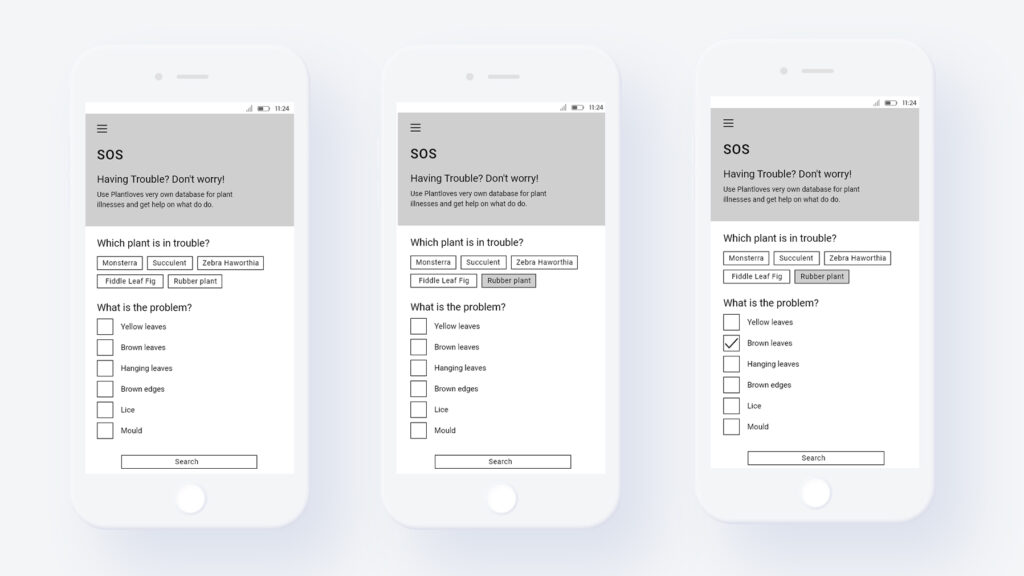After having read about what aesthetic experiences are, which different visual aesthetics exist in UX design, how aesthetics can influence usability (or vice versa), it is time for a first trial experiment. My goal for this term is not to build a complete user test to determine the connection, but rather lay the groundwork, experiment, and deepen my understanding for it to build a test hypothesis and prepare for an A/B-test in the future.
For this, I want to build a first trial framework of atomic web aesthetics and try different variations (possibly replicating large-scale UX trends), taking the general principles of “beautiful design” into account. To build a first set of testing variables, I will loosely orient myself on previously conducted research like a study by Odushegun (2023) who tested the affect ratings of atomic visual web aesthetics (see: previous blog posts). Odushegun (2023) tested the effect of different typefaces, colours and animation effects. However, I will leave out motion in my following experiments to simplify the research. In addition to those factors, I will observe the use of white space and the use of stylistic devices (drop shadow and glow, gradients and gloss, transparency) in accordance with previous readings.
As a first testing interface I am going to use a feature from an old personal project of mine: the app “Plantlove”. The purpose of the app is to help people take care of their house plants and the selected screen depicts a search database where you can enter which plant you own is having problems, select the type of problem the plant encounters and then search for a solution.
Task for the test user:
“Your rubber plant has brown leaves. Search for a solution in the database.”

In the next week, I will experiment with the visual web aesthetics of this basis interface.
References:
- Odushegun, L. (2023). Aesthetic semantics: Affect rating of atomic visual web aesthetics for use in affective user experience design. International Journal of Human-computer Studies, 171, 102978. https://doi.org/10.1016/j.ijhcs.2022.102978